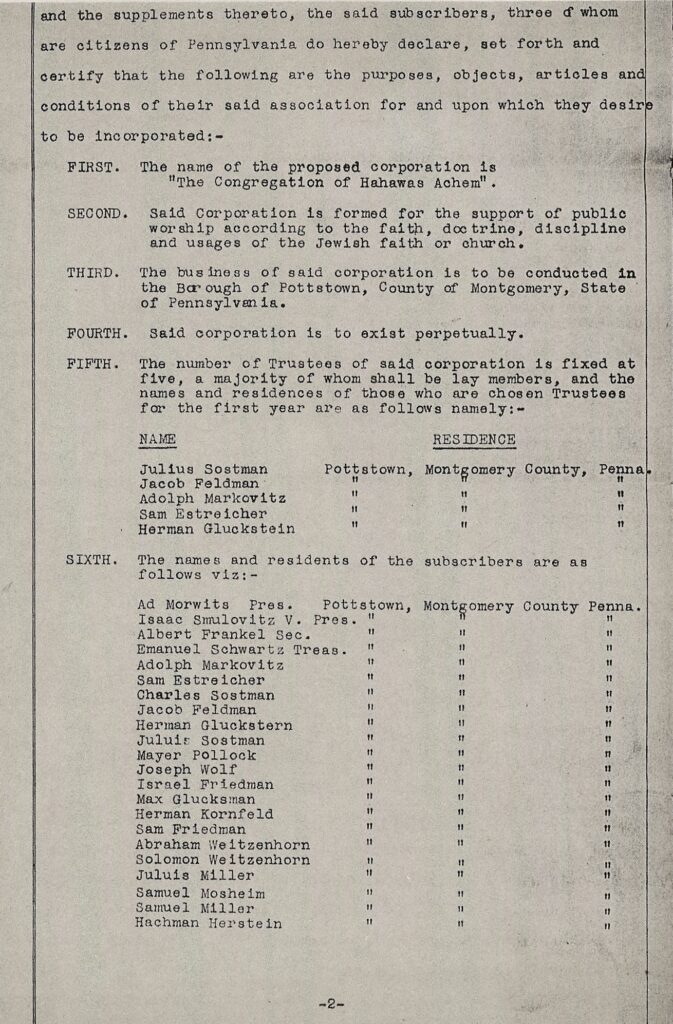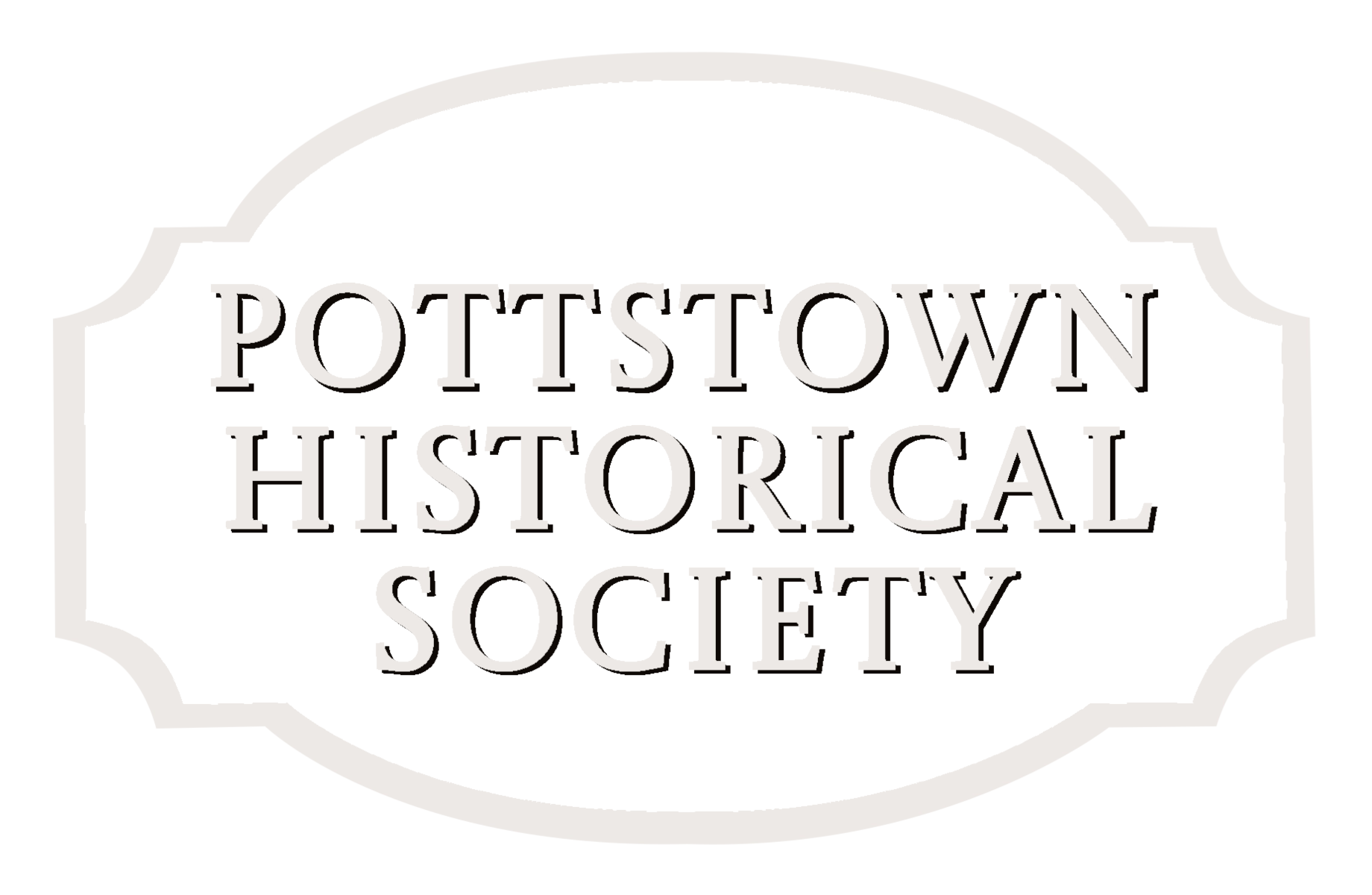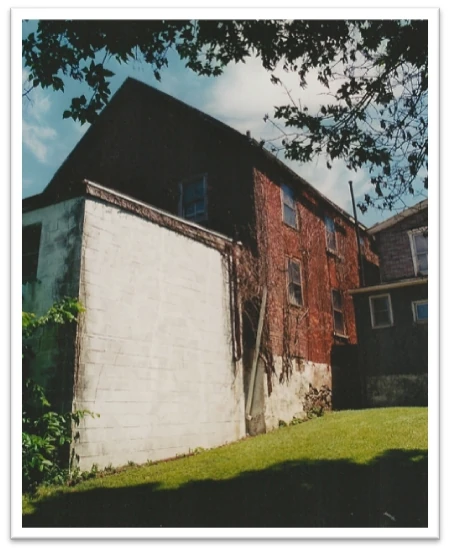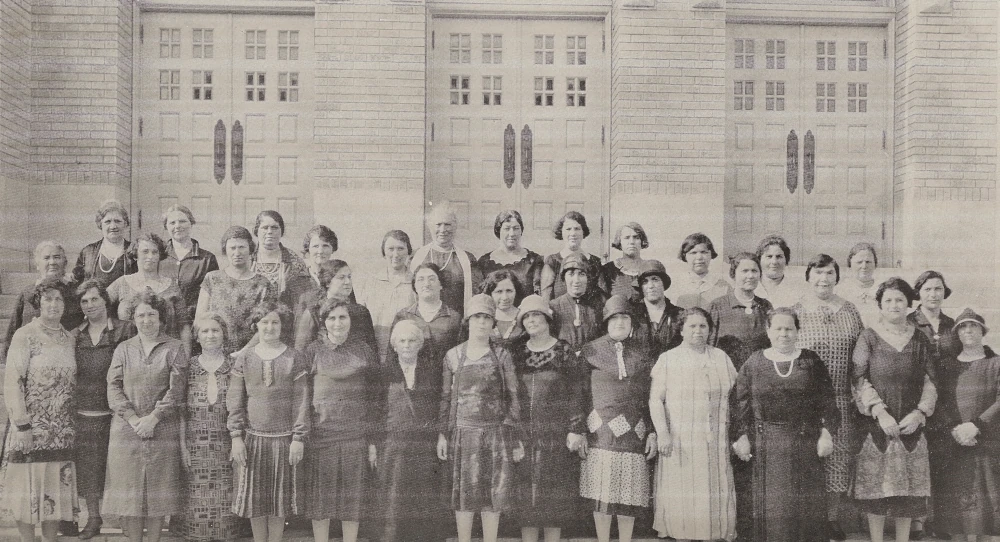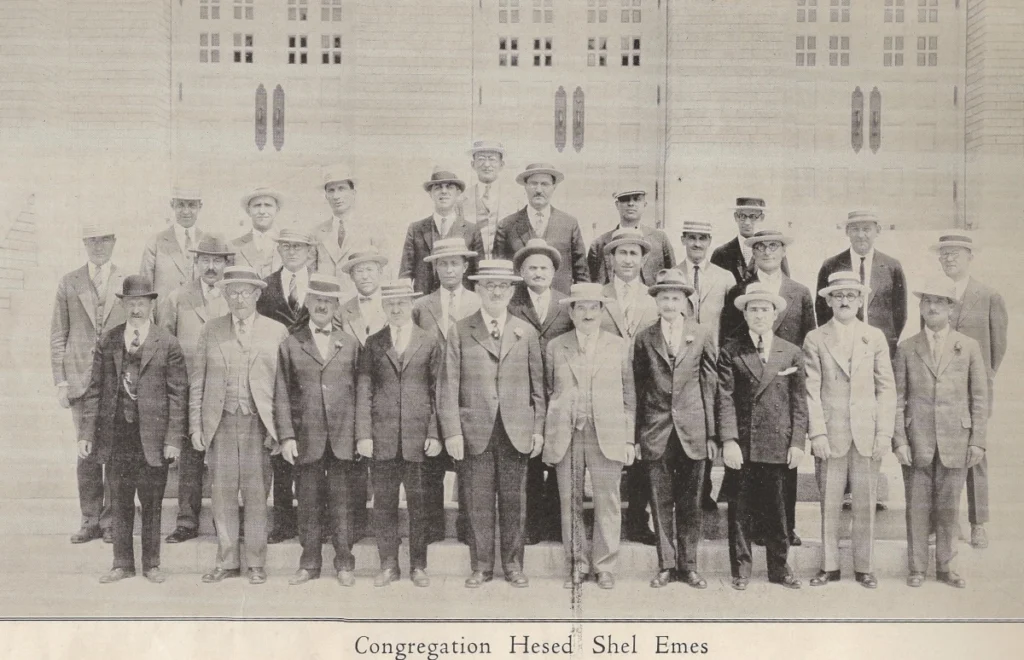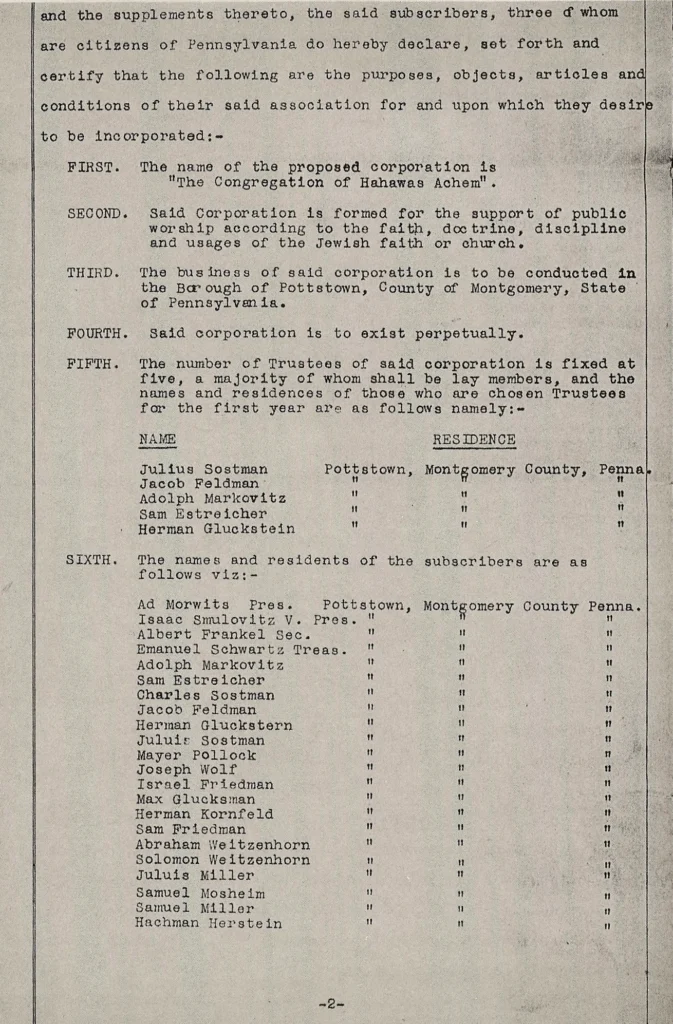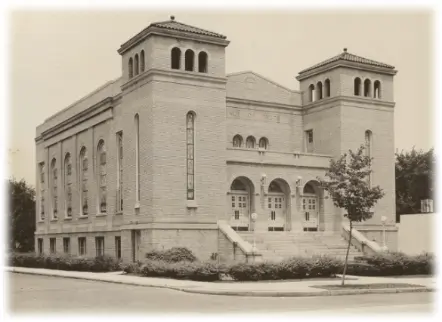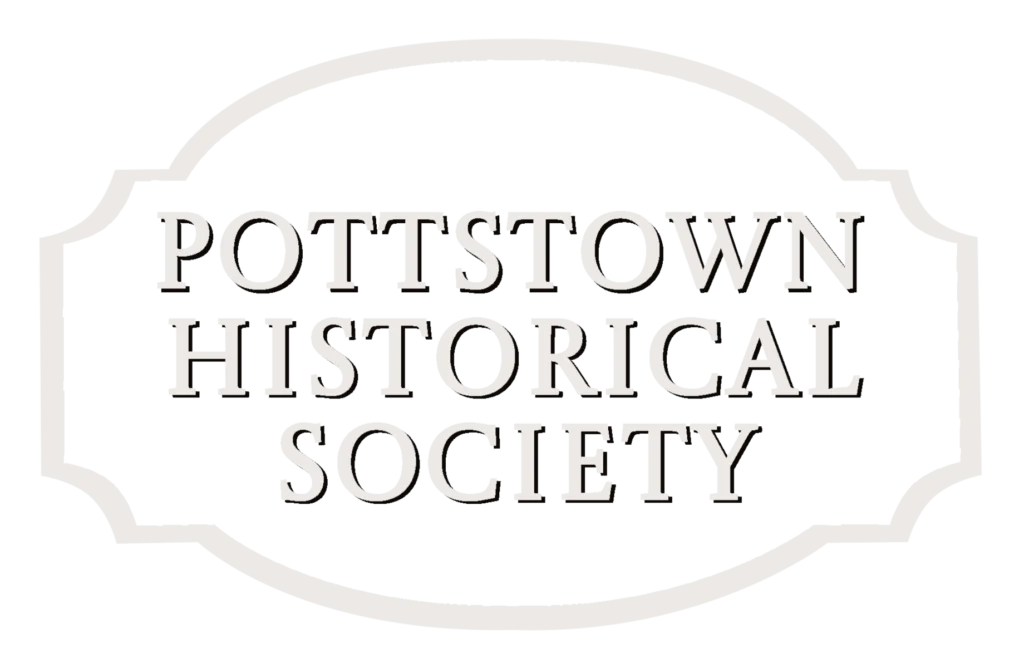Following the 2023 publication of “The Heaven and Earth Grocery Store” by James McBride, some ask whether his book reflects the actual history of Pottstown’s Jewish community. The answer is no. While perhaps inspired by people who lived at that time such as Doc Roberts — Doc J. Elmer Porter in real life — McBride’s book is entirely fictional. The true history of Jews in Pottstown is far more extensive and fascinating than his book.
It is not possible to identify with certainty the first Jewish individual to settle in Pottstown. The first significant Jewish migration to the United States came from Germany following the failed revolutions of 1848. By the late 1850s, the Mosheim, Miller, and Weitzenkorn families reached Pottstown. Samuel Mosheim became a clothier — his shop was located at 144 High Street; later Maurice Mosheim relocated the shop to 207 High. Samuel Miller and Abraham Weitzenkorn formed a haberdashery in 1864. The partnership was dissolved two years later. The initial Weitzenkorn men’s clothing store was located at 108 S. Hanover Street, while S. Miller & Sons was established at 212 High Street. A decade later in 1875 Ephriam Herbst founded a restaurant and billiards hall at Hanover and Queen Streets. Gustav and Julius Sostman, immigrants from Hanover, Germany, went into the “bone” business, a butcher shop on Washington Street. The Jewish community apparently was too small to form a synagogue.
In 1882, Pottstown’s tiny Jewish community received a telegram from Philadelphia, indicating that 25 immigrant Jewish families were coming on the next train! Julius Miller, a member of the Independent Order of Odd Fellows, arranged with fellow member Ben Stratton to house them in an unlicensed hotel on Washington St. These Jews were mostly recent immigrants from the north-eastern region of the Austrian-Hungarian Empire. They were ‘landsman,’ fellow Jews with close familial ties from the same villages, bonded together to overcome the obstacles of establishing life in a new land. The patriarch of this group of landsman was Alexander Estreicher, born in 1846, and his wife Fannie. Estreicher established a grocery store. Other early Jews who reached Pottstown in the 1880s and early 1890s included Isaac Schmulowetz, Adolph Markowitz, Adolph Wolkovitz, Henry Wolf, Daniel Jacobs, and Jacob Neiman.
While low wage factory jobs were readily available in Pottstown, a number of these greenhorns became peddlers. Peddling was a profession that required little more than a backpack or cart and a strong back. They operated throughout the greater Pottstown area from beyond Boyertown and Bally to Harmonyville and St. Peters village in Chester County. They collected rags, scrap metal, old clothes, and even bones that could be crushed into fertilizer. Because these immigrants spoke Yiddish, a Middle German-Hebrew hybrid dialect, they were able to communicate with rural German-speaking farmers who often could not speak English. Peddling was not the only occupation practiced by the immigrants. Jacob Braver was a music teacher, Simon Braver a plasterer. Allen Edelman sold boots and shoes; his shop was at 2033 High Street. S. Liebowitz & Sons was a manufacturer of shirts and night robes. In 1888 Meyer Pollack began as a peddler then went into the scrap metal business.
Relations between the already established German Jews and the Hungarian and Litvak immigrants were never warm. German Jews often looked down on their less cultivated co-religionists, while the eastern European Jews disdained the lack of Jewish religious practice among the Germans. The immigrant men created a chevra kedusah, a burial society which was deemed more urgent than establishing a religious congregation. The burial tract was on State Street in Upper Pottsgrove Township. In March 1889 they crafted a charter for Congregation Hahawas Achim. (The name was a mistake by the attorney who was supposed to draft Ahavas Achim, Hebrew for “brotherly love.”) A synagogue, or “shul,” was erected on Hale Street, on Chicken Hill, at a cost of $3,000 with a mortgage of $1,800. Membership dues were $0.25/month. Most of Pottstown’s Jewish families resided within walking distance of the shul.
Financial difficulties and dissension among members, likely between the German and Hungarian Jews, led to dissolution of this initial congregation. The building was foreclosed and the State Street cemetery left under separate administration. In May 1893 Pottstown’s non-German Jews repurchased the building, rechristened the Congregation Hesed shel Emet (Mercy & Truth), and purchased an additional burial ground on North Hanover Street. In the 2020’s, the State Street cemetery was taken over by Congregation Hesed shel Emet.
The community consisted of at least 100 families, not the handful McBride used in his book. To serve the significantly larger community, a new synagogue was built at High and Warren Streets and consecrated in 1926. In addition to the synagogue, there was a Hebrew school, a Young Men’s Hebrew Association (YMHA), and even a congregation Boy Scout troop. Many, if not most, of Pottstown’s most frequented High Street stores were Jewish-owned. This generation produced an impressive group of professionals, including doctors and lawyers. By the Second World War, Pottstown’s Jewish community was large enough to send over 120 men and women into the U.S. armed forces. Three died in action. After the war, the Jewish community grew to well over 200 families, necessitating the building of a new synagogue building and school on N. Keim Street in 1963.
